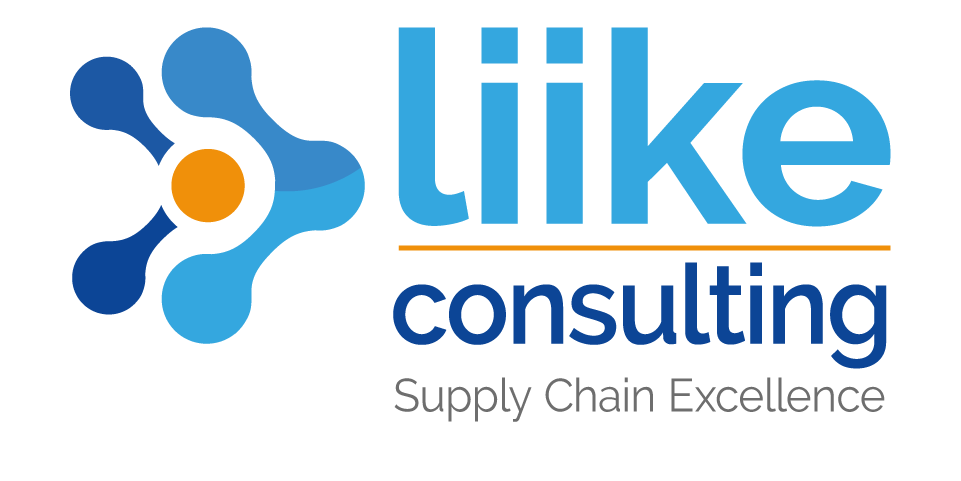The challenges of Supply Chain 2022
- September 27, 2022
- Posted by: admin
- Category: Uncategorized

The challenges of Supply Chain 2022
The year 2021 was marked by the speed and flexibility with which companies reacted to new scenarios and business variables that moved the sector from supply to the concern for the formation of teams to maintain operational continuity.
There is a consensus that the coronavirus will be with us for a long time, therefore, it will take us several months to return to a relative normality from the transportation point of view. This situation opens up a scenario of uncertainties that must now be approached in a different way, where preparation and anticipation are the keynote in the strengthening of the chain as a whole.
Although the future will continue to develop hand in hand with technology, this time it will be from a different perspective. It is no longer enough for the sum of these tools to provide agility to the operation; what is required is a supply chain capable of understanding, knowing and incorporating into its performance all the existing variables to face these disruptive phenomena, recognizing, for example, that commercial decisions have an operational impact and, therefore, it is necessary to be connected with the areas to be able to anticipate events that may affect the chain.
A key factor in 2022 will be to be prepared to deal with the erratic supply chains globally. It is hard to think of an industry that has not been hit by supply problems; perhaps the technology and automotive sectors are the most frequently mentioned, but the apparel, household goods and electronics sectors are also suffering.
This scenario makes us understand that this year the focus should be on demand forecasting tools, because without them it becomes more complex to face these market variants and identify risks in inventory management. The initial task is to move away from the use of Excel spreadsheets and thus minimize the impact on the operation.
Just as technology was added in the DC, it is now necessary to include purchasing systems, even more so in a year when uncertainty will continue. Although, at a logistical level, many have been adapting and stabilizing, but in terms of supply we still depend on other markets and this will continue to affect us.
So, just as last year we talked about automation; forecasting tools are now the objective, consolidating a more strategic and sophisticated view of the supply chain. As long as we are able to handle statistical tools, we will be able to face the ups and downs of supply.
Thus, modern and simple “lean” supply processes with high visibility that allow to know the status from origin to destination are key to proactively deal with disruptions in the chain, supported by statistical technology that allows to optimize the scope of inventories according to the uncertainties that may occur. This will be the main objective for 2022.
We can therefore affirm that one period has ended, the first step in the adaptation of global supply chains, and another has begun, where the preparation of companies in different areas will make the difference.
